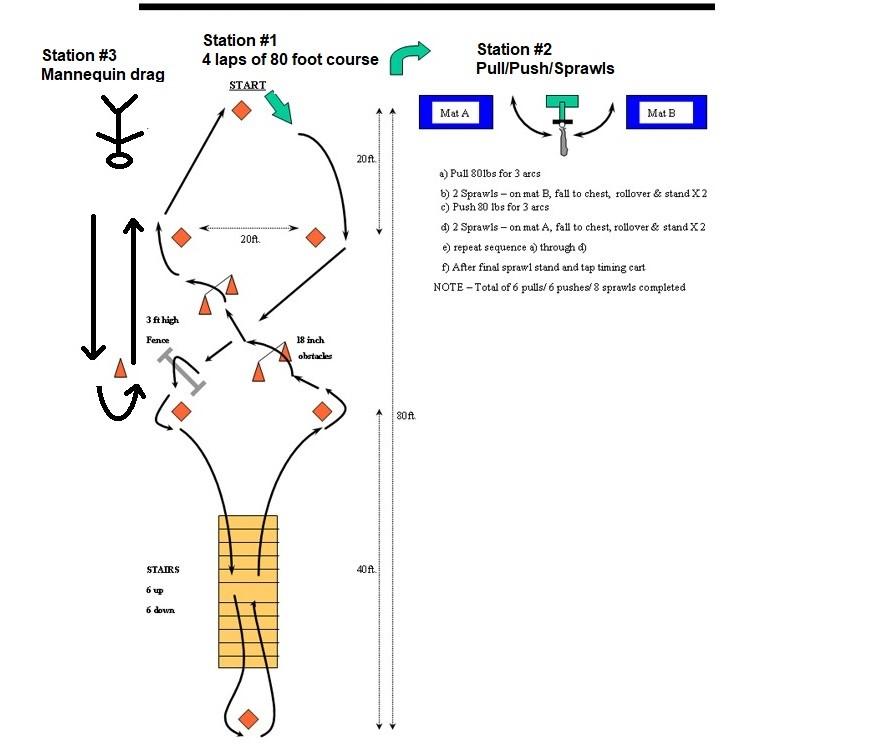The Central Processing Officer (CPO) plays a key role in the arrest process through the admission, monitoring, arrest and bail hearings of prisoners in the Central Processing Unit.
The main responsibilities of the CPO include providing for the custody, care and control of prisoners in a police facility or when conducting external escorts. As a designated peace officer, this position is responsible for ensuring the security and good order of the facility is maintained as well as providing direction to and supervision of offenders. These functions are provided in a twenty-four-hour operation with rotating shifts in a challenging environment.
Call: 204-986-6204
- 18 years of age.
- Canadian Citizen or Permanent Resident (Landed Immigrant).
- Grade 12 Diploma; G.E.D. Certificate; or equivalent*
- 12 months experience working with persons in custody, or other law enforcement/regulatory experience, 24 months highly preferred
- Possess and maintain valid First Aid/CPR certificates (not required at application)
- No involvement in any criminal activity within the last two years (including illegal drugs).
- No criminal record for which a Pardon has not been granted.
- Valid Class 4 Driver's License (Full).
- No more than four demerits on Driver's Abstract as assessed by the Winnipeg Police Service.
- Must meet current Winnipeg Police Service vision standards.
- Must meet current Winnipeg Police Service hearing standards.
- Successful completion of the Winnipeg Police Service CPO – PAT.
- Meet pre-employment medical examination and psychological assessment
* Recognized Canadian assessment services are members of the Alliance of Credential Evaluation Services of Canada (ACESC). They offer a variety of assessment products including basic/general or comprehensive/detailed reports. While either type of report can be submitted, only a basic/general report is required. If you are not submitting proof of Grade 12 completed within Canada, we require you to submit proof of a full-time, two year post-secondary program completed in Canada.
The selection process for out-of-town applicants requires they travel to Winnipeg on several occasions. All travel and relocation costs will be the responsibility of the applicant.
- Trip 1: Written test &WPS CPO-PAT
- Trip 2: Panel interview & background interview
- Trip 3: Psychological & medical testing
Written test
The Winnipeg Police Service Written Test is an 105 minute multiple choice test that focuses on theskills that are essential to working in law enforcement. The test covers 8 areas; and measures your understanding of the following:
- Working Memory
- Vocabulary
- Grammar
- Applied Math
- Police Logic
- Problem Solving
- Map Navigation
- Reading Comprehension
The pass mark is 65%.
Applicants who pass the written test with a mark of 65% or better hold that mark for four years which is applicable for the Constable and Cadet Application process.
There is a five (5) attempt maximum for the written test. This includes constable and cadet attempts. After the 5th failed attempt, you will be deferred for life.
Written Test Study Guide (PDF, 2.3MB)
Winnipeg Police Service Central Processing Officer Physical Abilities Test (CPO-PAT)
There are three components to the CPO-PAT
1. Health Screening
This is to ensure your medical readiness for the physical portions of the test. To pass this portion, your blood pressure must be under 160/94 and you must complete the GAQ and medical screening if applicable.
2. Emergency response Circuit
This circuit simulates a typical emergency response in which a CPO quickly covers a distance of 250 m while scaling eight sets of stairs, engages in a physical altercation with a noncompliant inmate (Push/Pull Body Control Simulator), establish control and pulls a mannequin to segregation at a purposeful walking pace. See below for course map.
Course Pursuit:
On the tester’s cue, you will navigate the PAT course around cones, over a vault, up and down stairs and over hurdles. The tester will complete 4 laps of this course. Each lap will take approximately 20-30 seconds. This is the same course used in the WPS-PAT.
Body Control Simulator:
This task simulates an altercation with an inmate and should be performed at an “emergency” pace in a controlled manner. You will then complete three 180-degree arcs while you pull the weight up, then two sprawls. Then three arcs while you push the weight up then two sprawls. These arcs and sprawls will be completed twice each for a total of 12 arcs (2 sets of 3 pulling and 2 sets of 3 pushing. Two sprawls will be completed after each set). The weight must stay elevated the entire time throughout the arcs. If the weight is dropped you must restart that set of arcs. The sprawls consist of touching your chest to the mat, rolling over and standing up. You must touch a line on the wall that is 1.5 m high after the sprawl. The weight of the push/pull is 80 lbs.
Candidates will be given a warning if they do not completely raise the weights and keep the weights completely elevated as they shuffle through an arc. Improperly executed arcs must be repeated. If, after three warnings, the candidates are still unable to properly perform the required maneuver, they will have failed the Body Control Simulation and will be directed to the mannequin escort
During the task the tester will direct you by verbal cues – Listen carefully to avoid confusion:
3. Mannequin Escort
This task simulates the demands required for one correctional officer, along with a partner, to escort an inmate to segregation. You will grasp the mannequin by the vest and transfer it a total distance of 20 m. The transfer should be completed at a “purposeful walking” pace. It is not necessary to lift the mannequin completely from the ground. The mannequin weighs 110 lbs.
Your time stops once the mannequin’s feet cross the start line. The time cap is 3 minutes and 50 seconds (3:50).

| CPO | Hourly | Bi-Weekly | Annual |
|---|---|---|---|
| Step 1 | $32.64 | $2,611.74 | $67,888.98 |
| Step 2 | $33.94 | $2,715.55 | $70,604.54 |
| Step 3 | $35.30 | $2,824.18 | $73,428.73 |
| Step 4 | $36.71 | $2,937.15 | $76,365.88 |
| Step 5 | $38.18 | $3,054.63 | $79,420.51 |
| Step 6 | $39.71 | $3,176.82 | $82,597.33 |
*Above salary schedule is as of December 31, 2024.
Vision standards
Please have the Ophthalmologist and Optometrist complete the vision form (PDF, 220KB).
This form is valid for a one year period from the test date.
If applicable, those who have had refractive surgery will require an eye surgery form (PDF, 35KB).
The Winnipeg Police Service is not responsible for any costs incurred for the vision tests and completion of subsequent forms.
Uncorrected vision:
- 20/20 Vision both eyes.
Corrective lenses needed:
- With corrective lenses at least 20/20 with both eyes.
- Without corrective lenses at least 20/40 both eyes with one eye no worse than 20/80.
Colour vision:
- Colour vision should be normal.
Peripheral vision:
- 150 continuous degrees along the horizontal meridian and 20 degrees above and below the fixation point with both eyes.
Corrective surgery:
- No significant difficulty with glare or night vision.
- No significant diurnal instability in visual testing or function.
- Additional medical information is required for applicants who have had surgery and have completed a Minimum waiting period of six months post-op.
Hearing standards
Please have the Audiologist or Otolaryngologist or Hearing Instrument Specialist of your choice complete the hearing form (PDF, 299KB).
This form is valid for a one year period from the test date.
Hearing loss in both ears to be no greater than:
Frequency | 500 Hz | 1000 Hz | 2000 Hz | 3000 Hz |
Each ear | 25 dB | 25 dB | 25 dB | 25 dB |
Additional information regarding the hearing standard can be obtained by contacting the Occupational Health Branch at 204-986-5218
- Pure tone hearing loss no greater than 25 dB in both ears in the 500, 1000, 2000, 3000 Hz range.
- No single frequency shall exceed 35 dB in the 500- 3000 Hz range.
- The 4000 Hz shall not exceed 45 dB.
- Complete In-Canal hearing aides are allowed.
